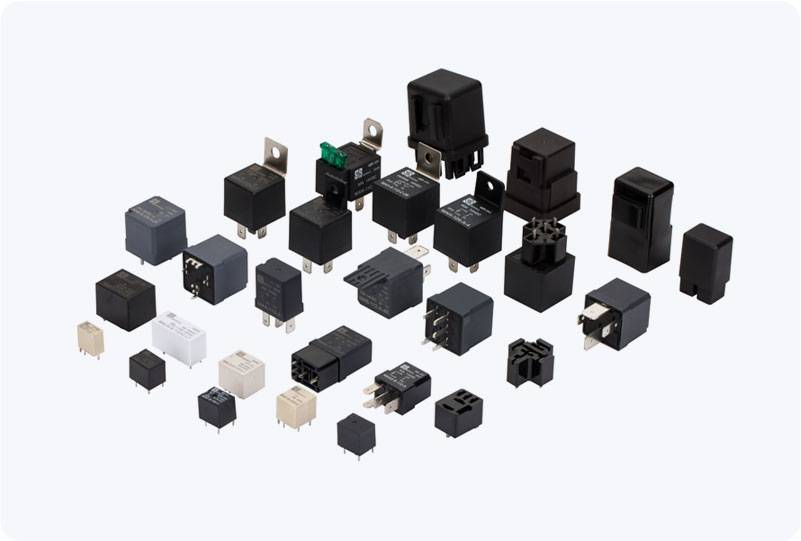A 24VDC Power Relay is a crucial component in various electrical and electronic systems, playing an essential role in controlling high-power circuits with low-power signals. It is widely used in industrial automation, automotive, communication, and security systems, offering a reliable and efficient solution for switching electrical loads. In this article, we will explore the working principles, applications, and key features of 24VDC Power Relays, shedding light on their significance in modern technology.

Understanding the 24VDC Power Relay A 24VDC Power Relay is an electromechanical switch that uses an electromagnetic coil to control the opening or closing of contacts in a circuit. It operates with a 24-volt direct current (DC) supply, making it suitable for systems that require low-voltage control signals. When current flows through the coil of the relay, it generates a magnetic field that attracts or repels a set of internal contacts, thereby switching the connected load on or off. Relays are typically designed with one or more sets of contacts, which can be configured as normally open (NO), normally closed (NC), or a combination of both (SPDT, DPDT). This versatility allows engineers to design complex switching circuits with ease. Power relays, particularly the 24VDC variety, are known for their ability to handle relatively high current and voltage levels, which makes them suitable for a wide range of applications.